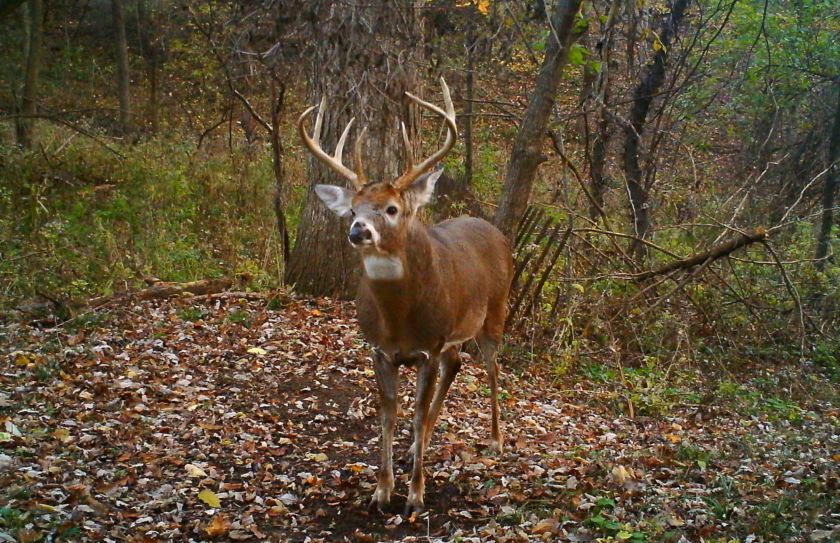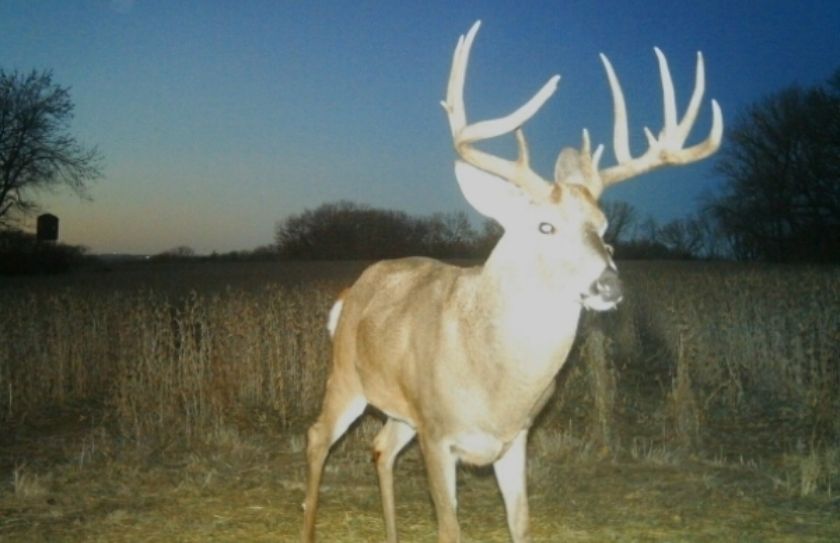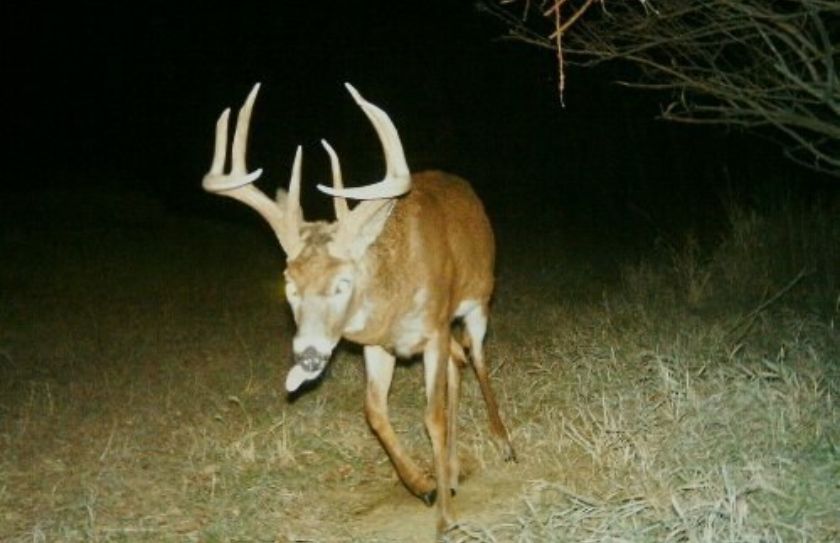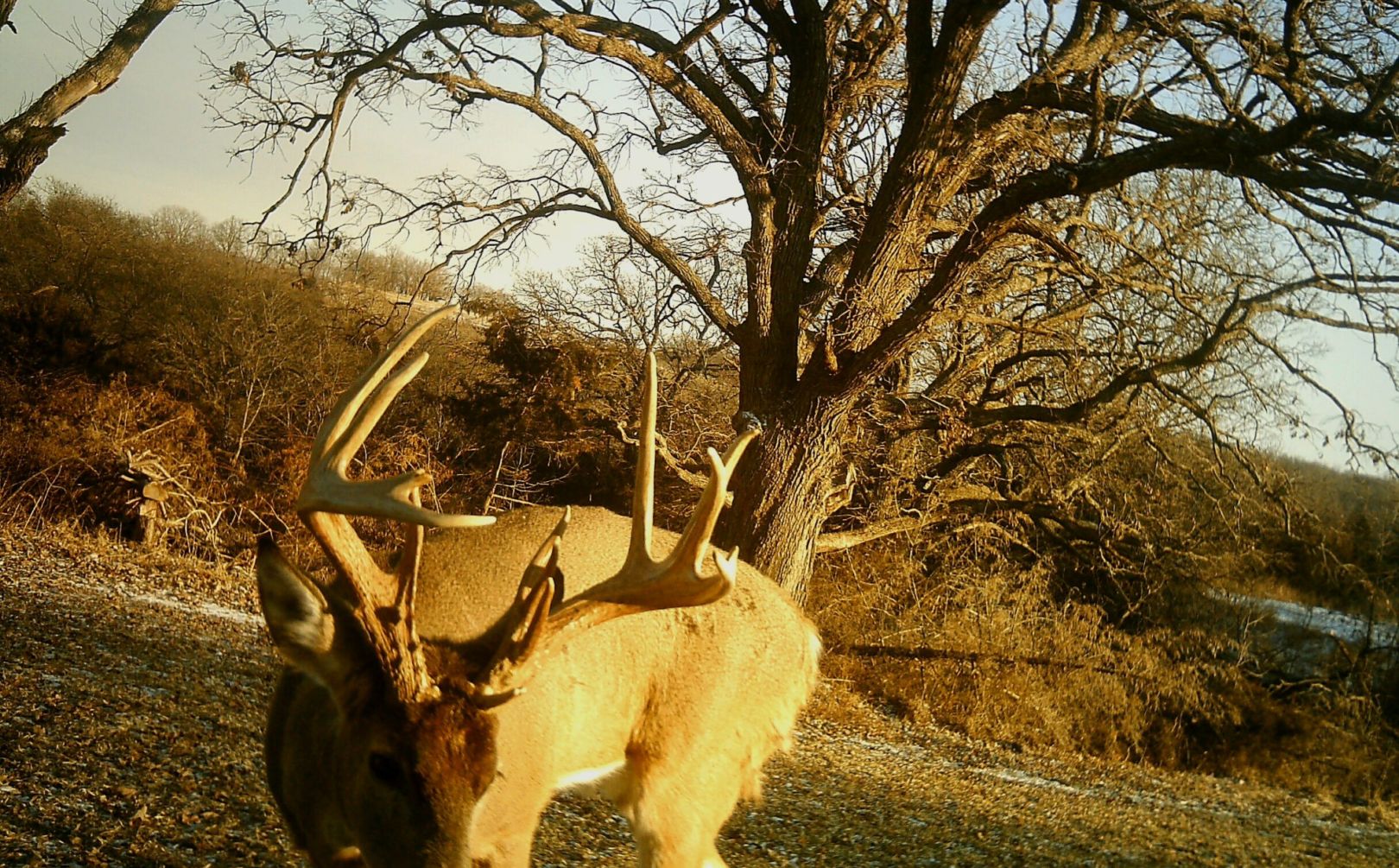
It happened today while watching a hunting show on TV; one of my pet peeve deer hunting myths was thrown into my lazy afternoon. I was casually enjoying an episode that included two couples and their quest to shoot some whitetails. I like watching hunting shows on TV, in particular when I haven’t sat in a treestand for quite a while. Every now and then I need to get my Fall fix of the site of beautiful leaves, the sounds of a giant buck shuffling through the woods and the many deer behaviors that can be observed while relaxing in the recliner on a Sunday afternoon (pre nap of course). However as my mind was drifting through thoughts of deer chores strategies and whitetails in general, the host made a statement that was much more appropriate for the 90s, or possibly even the 2000s. After an “are you serious?”, my close friend and I began to discuss how in this day and age, one of the greatest deer hunting myths could still be blurted out on a top cable TV hunting channel. By following along you will be able to discover what the “Myth of the Day” actually was, but when I began putting a little more thought into it (post nap of course), it was pretty evident that particular deer hunting myth was certainly not alone.
What are the greatest deer hunting myths?
It didn’t take too long to throw this list together and although some may appear blatantly obvious, others may require additional research for you to confirm. Whether these top 10 deer hunting myths were arrived at through my 30 years of deer hunting experience or through relevant quality research from various sources, the realization of each one has played important roles in both my deer hunting and deer management success. Although some may still disagree with one or more of these myths, each one has been critical in my development as a hunter and I have personally experienced if you hunt by these myths, you will be significantly rewarded each Fall.
- More hours in the field equals more bucks on the wall: Precision hunting practices are the way to go when it comes to finding consistent success when hunting mature bucks. The key is recognizing high value sit opportunities and then making sure not to spoil those days by hunting during low value opportunities. I live by the practice of managing my “40% sits”, meaning that when the conditions are right, I expect specific stands to yield success rates for mature bucks as high as 40% of the time, for 1 high value sit. Less is more when it comes to finding mature buck success.
- Mature bucks don’t mind ATV use during the season: Simply put, I love it when my neighbors use an ATV to access their lands. If your goal is to kill any one of the top 50% of the bucks in the area, then using an ATV to access your land may not be a bad idea. However, if your goal is to connect with the toop 10% of the bucks in the area, I suggest walking or using an electric vehicle.
- The Peak Rut is the best time to arrow a specific target buck: Although the Peak Rut is a great time to shoot a random mature buck, I highly rely on the cold fronts during the early season, the October Lull or in most importantly during the Pre Rut, to harvest a specific, target buck. Once the Peak Rut hits, who knows where a specific buck will be, but during the weeks leading up to that point he can be a whole lot more predictable within a smaller pattern of daily movement.
- The overall quality of habitat improvements can overcome sloppy hunting practices: Quality habitat only serves to magnify poor hunting habits. By attracting more deer to a particular parcel through high quality habitat offerings, more deer become educated to sloppy hunting activities. High quality habitat improvements are critical for creating high quality deer herds, however the quality of the hunt needs to parallel the quality of the habitat.
- Mature does are hard to hunt: Doe family groups live within a strict daily pattern of movement, if they are left unpressured. As soon as the hunting pressure picks up they may relocate or become warry, but if left alone individual doe family groups can be extremely predictable to target. One of the #1 signs that your habitat and hunting efforts are working, is that the doe family groups are easy to pattern, target and harvest.
- The moon matters: Although the moon matters as it relates to its influence of the 5 daily feeding time slots of whitetails during a 24 hour clock, the moon does not influence the timing of the rut. If you play your hunt based on the phases of the moon, you will left to the whims of the weather for determing your level of potential success. Even the weather doesn’t influence the timing of the rut. Instead, the rut happens at the same time each season, in a particular area. However, if you allow the weather to reveal peaks and valleys of daylight rutting behaviors and the moon to determine peak movement patterns during those particular quality weather days, you will be consistenly rewarded. A good phrase to hunt by is that “A great moon during poor weather is a poor day to hunt. A poor moon during great weather is a great day to hunt”.
- You can’t consistently shoot mature bucks on 40 acres or less: Mature bucks often wander for miles within a fairly large area that can encompass several square miles, depending on the habitat. However, it pays to separate how much a buck moves during the night versus how much the he potentially moves during the day. While his nighttime movements may cover a huge area, only the daylight movements should matter to you as a hunter. In agricultural settings the average distance a buck moves during the daylight could be 10-20 acres or less and in heavily wooded locations that area could still be less than 100 acres of space. I have followed particular mature bucks that rarely seemed to leave a 10-20 acre patch of cover during the day, for what seemed like the bulk of the entire hunting season.
- Trail cameras spook deer: People spook deer, not trail cameras. Placing black out cameras at head level or higher and only accessing them during the hunting season when you hunt, is a great start! However, even if there is some risk that could be assumed by using a trail camera, the rewards far outway any potential concerns. I stated earlier that I love it when my neighbors use ATVs, in particular within an area that holds some monster bucks! Well, I would also love to hear that my neighbors aren’t using trail cameras, because they will be left with a distinct disadvantage.
- Cover is king: Cover is critical, but cover without quality food is dead. Every acre of cover needs to be supported by a certain amount of quality food. Quality food determines where an entire deer herd will feed predictably every single day. No food, no predictable deer movement to hunt.
- You can’t judge a buck’s age by his antlers: This one will ruffle some feathers, for sure. However, for hunting purposes it is very easy if you know the local antler range, to place bucks into categories of 1.5, 2.5, 3.5 and shooter. It takes time to study a buck’s body and in most shot opportunities a bowhunters has 10 seconds or less to react. “Shooter or not”, can often be determined by a split second glance when taking a look at a buck’s antlers. Mass, color, frame size and even a buck’s attitude can all be used to make a split-second hunting decision. Are antlers perfect for age? No, but in my experience they are even more accurate than jawbone aging techniques, which are considered a viable scientific research option for determing a deer’s age.
- Cull bucks are real: I know I said “10” deer hunting myths, but this one deserves its own level, as one of my all time favorites. This is also the myth that jumped out of the TV screen today, while relaxing during the afternoon. Numerous studies reveal that “once a spike always a spike” couldn’t be further from the truth, as well as the fact that it is nearly impossible to influence a free-ranging herd.
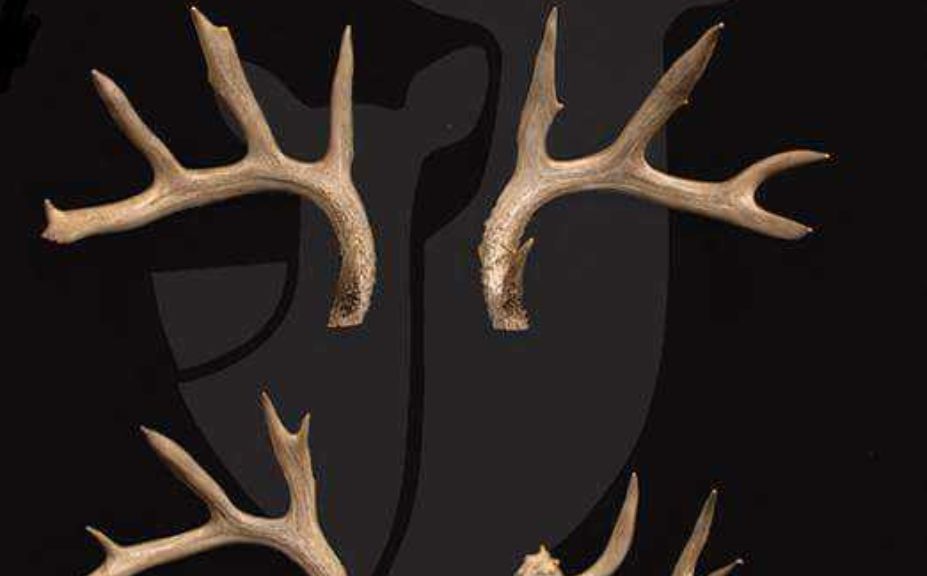
*This is one of my favorite photos from the Quality Deer Management Association, illustrating a buck’s growth from 1 to 4 years of age. This photo not only shows the huge potential of a fairly basic lopsided 6 point, but also reveals how injury can influence antler growth, that also corrects itself the following year. Shooting this buck during the first 2 years of his life could have been a huge mistake for someone attempting to grow a quality herd. Check out the research the QDMA publishesif you would really like to dive into a mythbusting mission of scientifically proven deer hunting myths!
Which is your favorite deer hunting myth?
The cull buck myth hit me today and I was actually suprised to hear the comment in 2016. However, there are many myths out there and it wasn’t too hard to come up with a quick list. These are all of my favorite myths though, because during 3 decades of mythbusting hunting experiences, they have each helped to hone in on nearly 3 dozen target bucks. The best practice that you can do, is to constantly add to your arsenal of mythbusted techniques to take to your deerstand this Fall.
